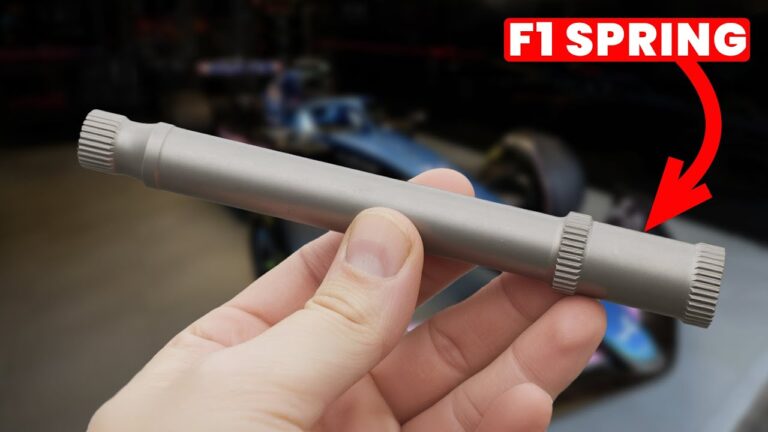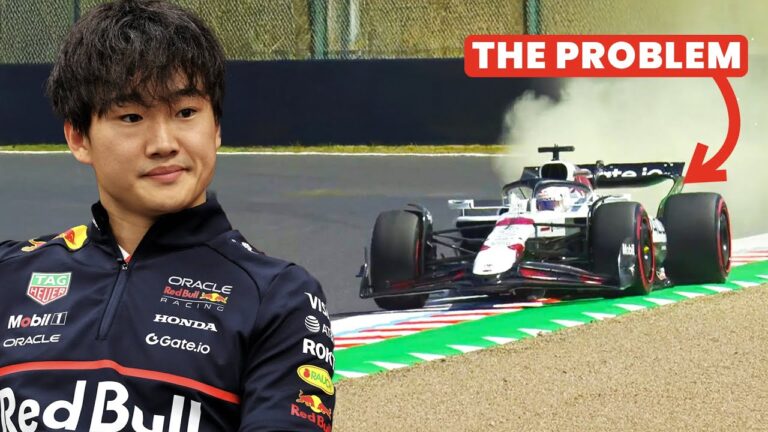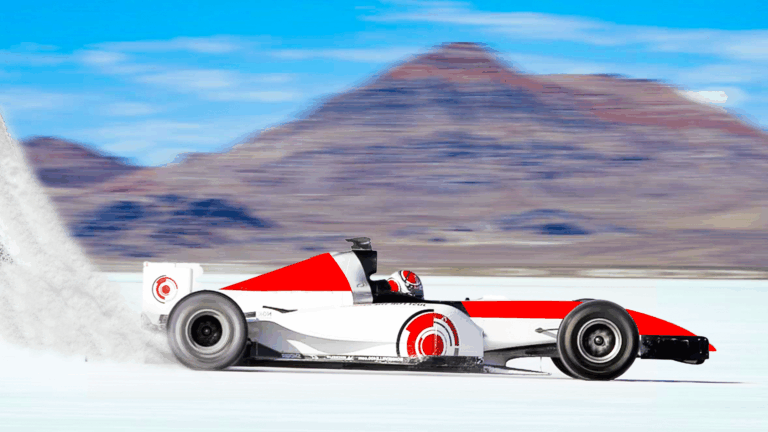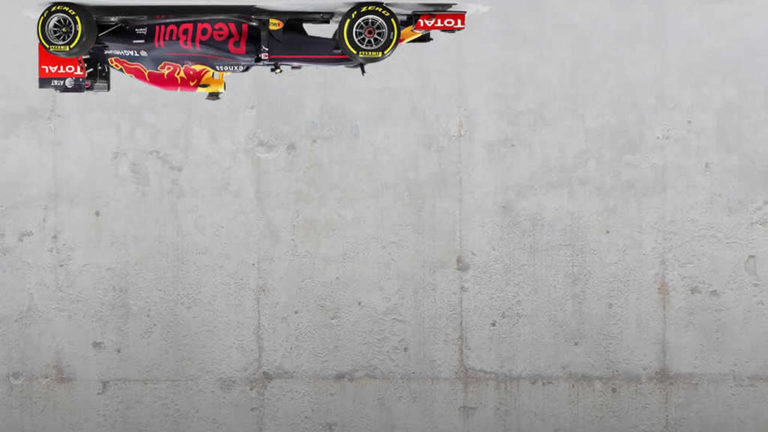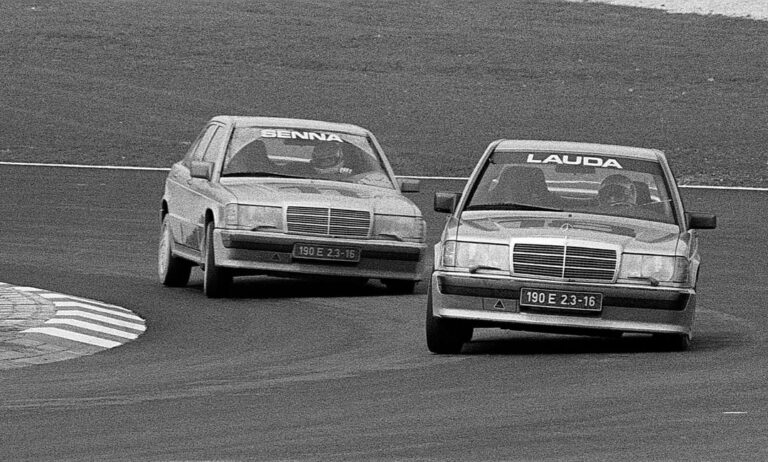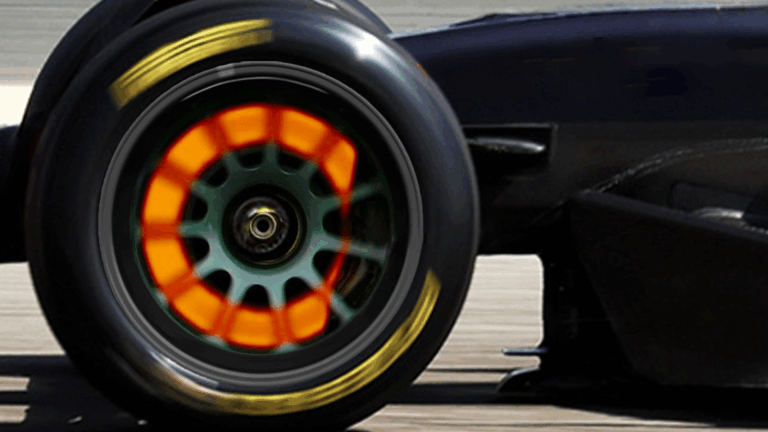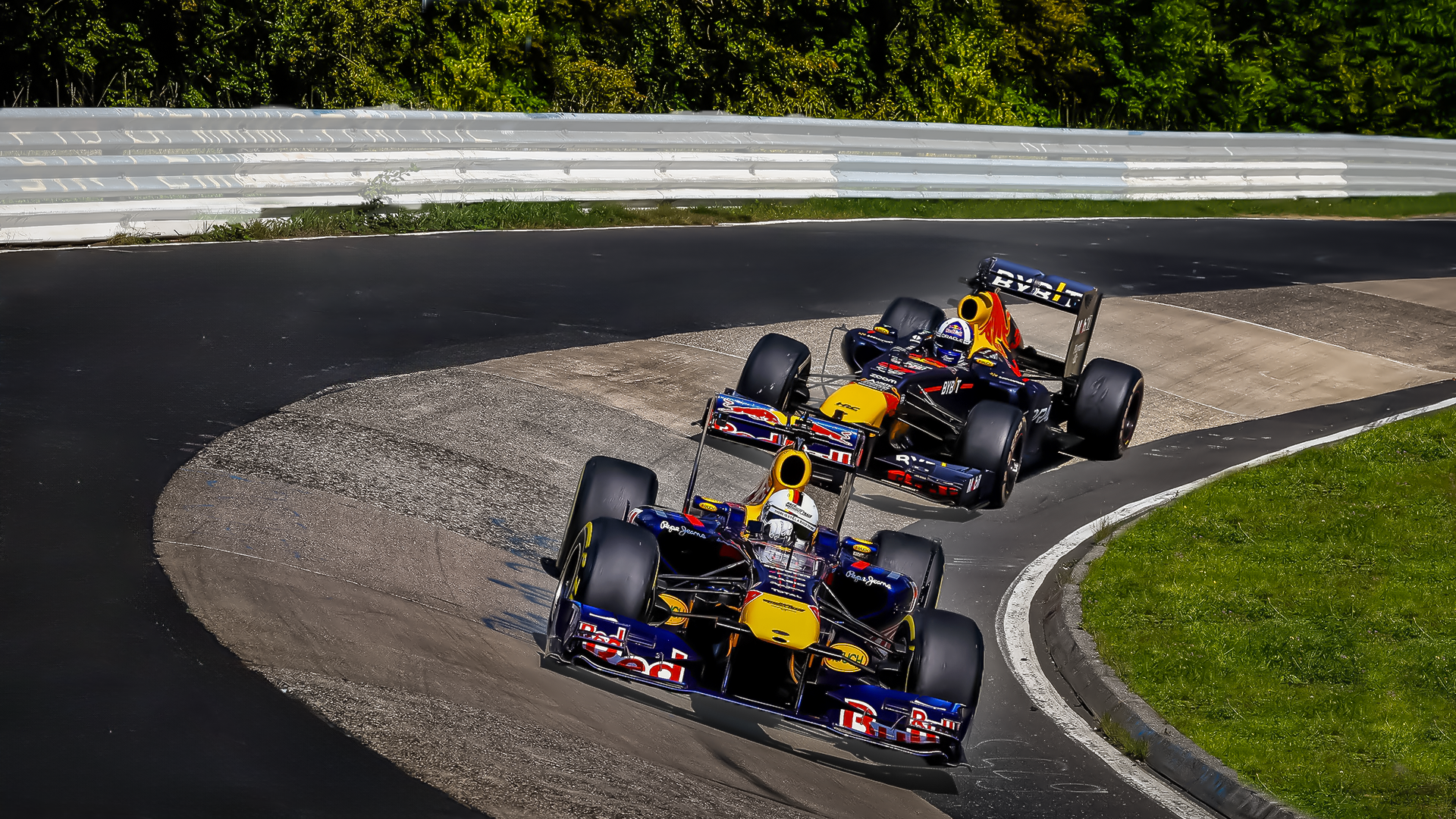
Formula 1 and the Nürburgring’s Nordschleife circuit share a storied history. Known as the world’s longest and most dangerous track, the 12.9-mile Nordschleife is a winding beast with massive elevation changes, tight turns, and high-speed sections that have claimed many lives. Since 1976, F1 has not officially raced here due to safety concerns, yet over the years, the allure of seeing an F1 car conquer this track has resulted in several demonstration runs. So, how fast could a modern F1 car actually lap the Nordschleife?

The Challenge of the Nordschleife
The Nordschleife presents unique challenges that push both driver and machine to their limits. Its narrow, bumpy sections and sudden changes in elevation are the opposite of the perfectly smooth circuits F1 cars are designed for. Formula 1 cars rely heavily on finely tuned aerodynamics and stability to maximize downforce, grip, and speed. Yet on a track like the Nordschleife, these high-tech machines are out of their comfort zone, with unpredictable bumps and turns making it difficult to maintain control.
In 2007, Nick Heidfeld drove a BMW Sauber F1 car around the Nordschleife. This wasn’t a full-speed run – the car’s suspension was softened, ride height was increased, and its top speed was limited to 170 mph. Even so, Heidfeld clocked an impressive 8-minute, 34-second lap on the combined Nordschleife and GP Loop, which included slowing down for filming purposes. Road & Track magazine later calculated that an unrestricted lap time could have been around 5 minutes and 58 seconds.
The Turbulent History of Lap Records
The current Nordschleife lap record belongs to the Porsche 919 Evo, which set an incredible 5-minute, 19-second lap in 2018. This no-rules machine benefited from the freedom to break away from WEC regulations, adding downforce and adjusting suspension settings for ultimate performance. Porsche’s lap was an impressive 52 seconds faster than the previous record and raised questions about how close a modern F1 car could come to that time.
While modern F1 cars are fast, ground-effect designs mean they rely on maintaining a precise ride height to generate downforce. The bumpy Nordschleife would disrupt this, reducing the car’s effectiveness compared to a purpose-built track like Spa or Silverstone. Additionally, with the F1 cars’ stiffer suspensions, managing the uneven road surface would be challenging, decreasing mechanical grip and adding unpredictability.
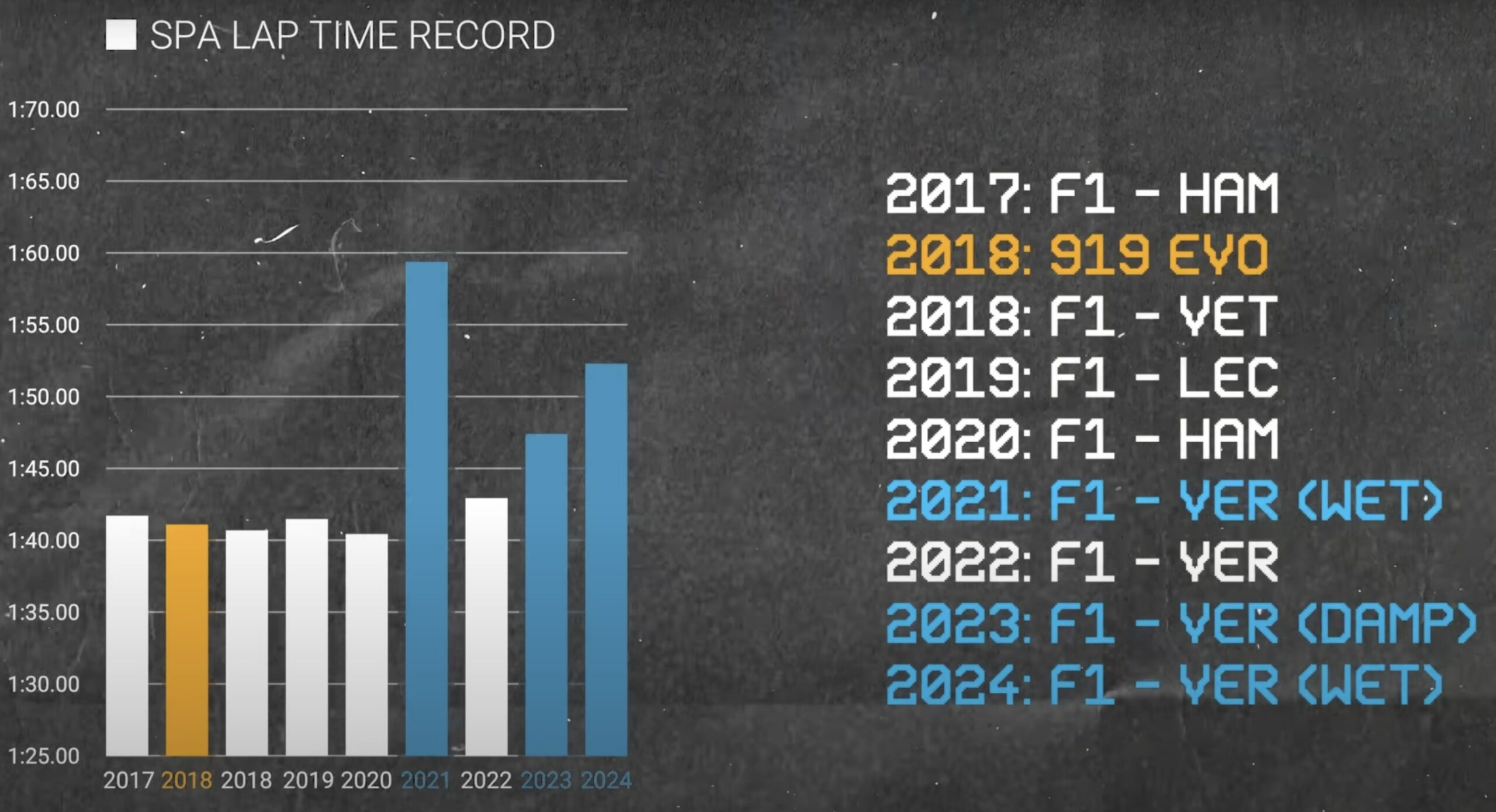
The Red Bull Run and Lap Time Simulations
In 2023, Red Bull returned to the Nürburgring with Sebastian Vettel and David Coulthard behind the wheel of the RB7 and RB8. Though they didn’t push these cars to their limits, simulations estimated that the RB8 could have done a lap in 5 minutes and 13 seconds – significantly faster than Heidfeld’s run and close to the Porsche 919 Evo’s record.
However, experts believe a current 2024 F1 car could complete the lap in around 5 minutes and 23 seconds. Although competitive, it might still fall short of the 919 Evo due to the challenges of ground effect on the Nordschleife’s rugged surface and the demands of maintaining stability on such a complex track.




